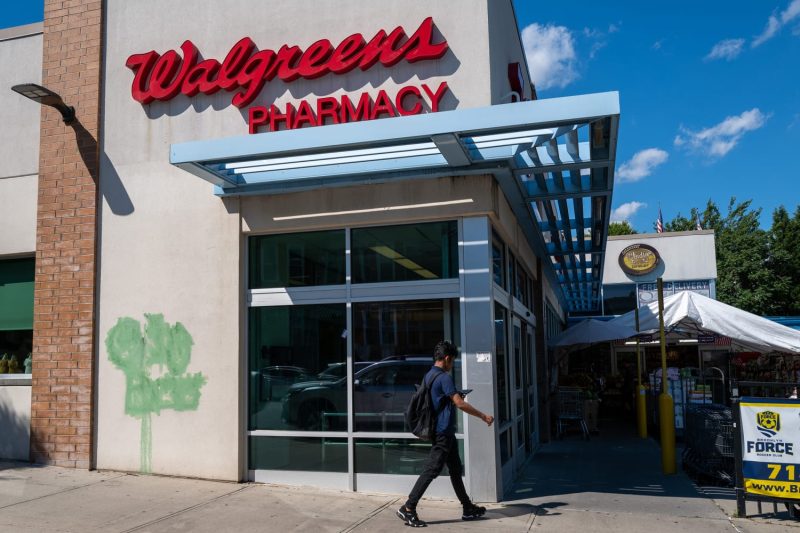The recent announcement by Walgreens to close 1,200 stores over the next three years has sent shockwaves through the retail industry. This bold move comes as the pharmacy chain grapples with a shifting market landscape and the need to adapt to changing consumer preferences.
One of the key drivers behind this decision is the rise of online shopping and e-commerce giants such as Amazon. The convenience and ease of online shopping have prompted many consumers to turn to the internet for their purchasing needs, including healthcare products and prescriptions. As a result, brick-and-mortar retailers like Walgreens are feeling the impact on their bottom line.
Moreover, the COVID-19 pandemic has accelerated the shift towards online shopping, as more people opt for contactless retail experiences to minimize the risk of exposure to the virus. This shift in consumer behavior has forced traditional retailers to rethink their business models and make tough decisions to stay competitive in the digital age.
Another factor contributing to Walgreens’ store closures is the increasing competition from rival pharmacy chains and drugstores. With players like CVS and Walmart expanding their presence in the healthcare sector, Walgreens is facing intense pressure to streamline its operations and cut costs to remain profitable.
Furthermore, the rise of telemedicine and remote healthcare services has further disrupted the traditional pharmacy model, allowing consumers to consult with healthcare providers and receive prescriptions online without the need to visit a physical store. This trend has presented a challenge for brick-and-mortar pharmacies like Walgreens, which are now reevaluating their store footprint and focusing on more efficient ways to serve their customers.
In response to these challenges, Walgreens’ decision to close 1,200 stores aligns with its efforts to optimize its store portfolio and reallocate resources to more profitable locations. By consolidating its physical footprint, Walgreens aims to improve operational efficiency, reduce costs, and enhance its digital capabilities to better meet the evolving needs of its customers.
Despite the store closures, Walgreens remains committed to providing quality healthcare services and products to communities across the country. The company plans to invest in digital innovation, expand its online offerings, and enhance its in-store customer experience to maintain its position as a trusted healthcare provider in the retail industry.
In conclusion, Walgreens’ decision to close 1,200 stores reflects the company’s strategic response to the changing retail landscape, driven by the rise of online shopping, competition from rivals, and the growing demand for digital healthcare services. While the closures may come as a shock to many, they signify Walgreens’ determination to adapt to the new normal and position itself for long-term success in an increasingly digital world.

